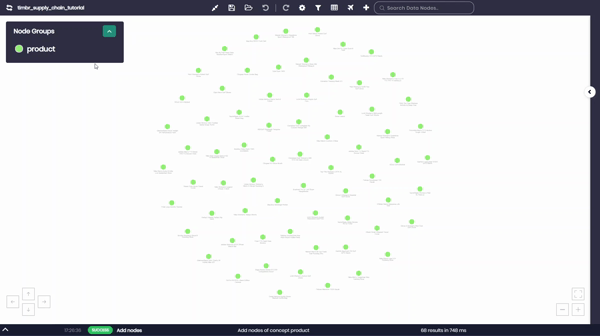An ontology is a comprehensive and flexible “super-schema” for your data. Users of relational databases are accustomed to dealing with tables, columns, and relationships defined by foreign keys. An ontology takes these familiar concepts and expands them into a more dynamic and semantically rich framework.
Definitions and Relationships:
-
- Concepts: Just like tables in a database, an ontology defines concepts (or classes) that represent real-world concepts. For instance, “Customer” and “Order” in an RDBMS are similar to concepts in an ontology.
- Properties (Attributes): Attributes of a table (columns) are akin to properties in an ontology. These properties describe various aspects of the concepts, like “CustomerName” or “OrderDate”.
Hierarchical Structure:
-
-
- Inheritance: Ontologies allow concepts to inherit properties from other concepts. This is like having a base table with common columns that other tables can inherit, but with more flexibility. For example, “Employee” could be a subconcept of “Person”, inheriting properties like “Name” and “Address” but also having specific properties like “EmployeeID”.
-
Semantics and Meaning:
-
- Rich Semantics: Ontologies provide a way to define rich semantics and relationships beyond simple foreign keys. They can describe how concepts relate to each other in more complex ways, such as “Customer places Order” or “Product is part of Order”.
- Data Integration: By defining these relationships and semantics, ontologies enable better data integration and interoperability, especially when combining data from different sources.
Query Flexibility:
-
- Advanced Queries: With ontologies, you can perform more advanced and meaningful queries. Instead of just retrieving data based on table joins, you can query based on the relationships and properties defined in the ontology, like “Find all orders placed by customers in California”.
Dynamic and Evolving:
-
- Extensibility: Ontologies are more adaptable to changes. Unlike rigid database schemas, you can extend an ontology by adding new entities and relationships without restructuring your entire database.
- Contextual Understanding: They also provide contextual understanding, enabling systems to reason about the data and infer new knowledge. For instance, if an ontology knows that “Managers” are a type of “Employee”, it can infer that all managers have the properties of employees.
In summary, an ontology is like a supercharged schema for your data. It provides a flexible, semantically rich, and hierarchical structure that enables advanced data integration, querying, and contextual understanding, making it a powerful tool for managing and leveraging complex data relationships.


